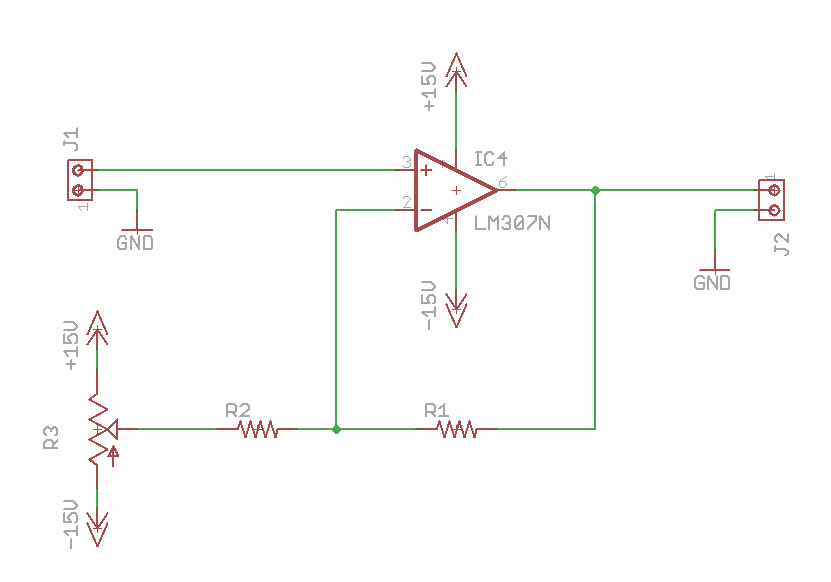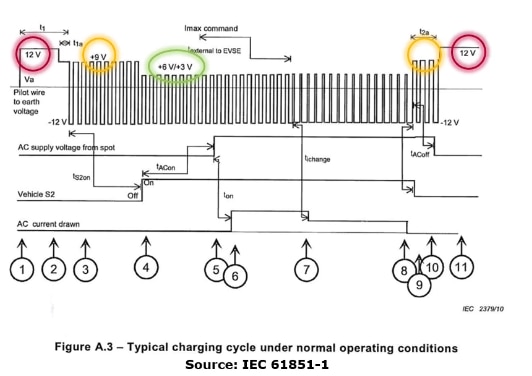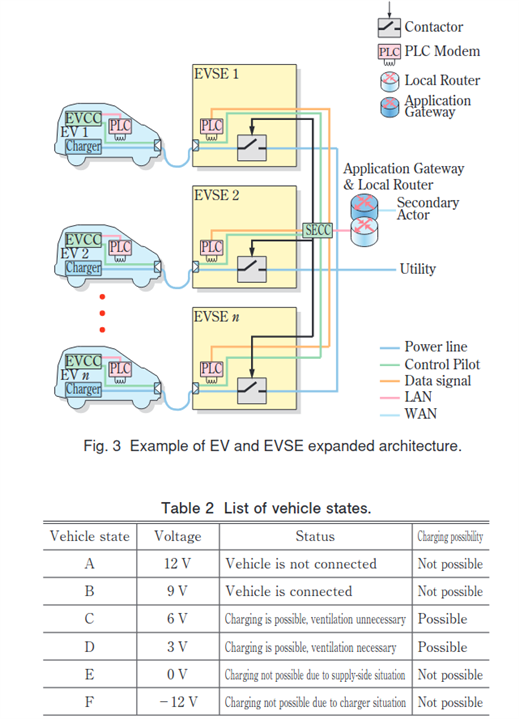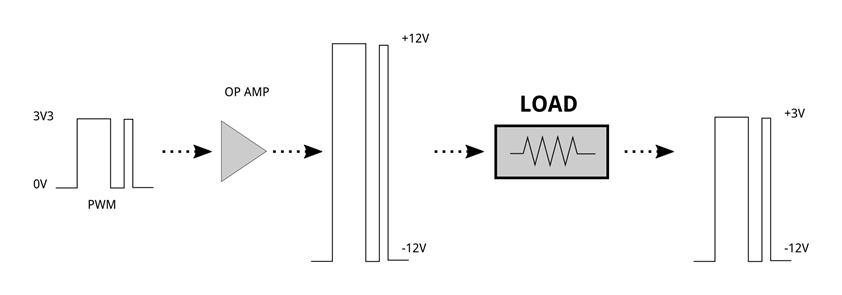I can follow along other peoples projects but it quickly becomes apparent that I do not fully grasp the fundamentals when I try and solve a problem of my own.
So here is my own problem I'm trying to solve, as shown below:
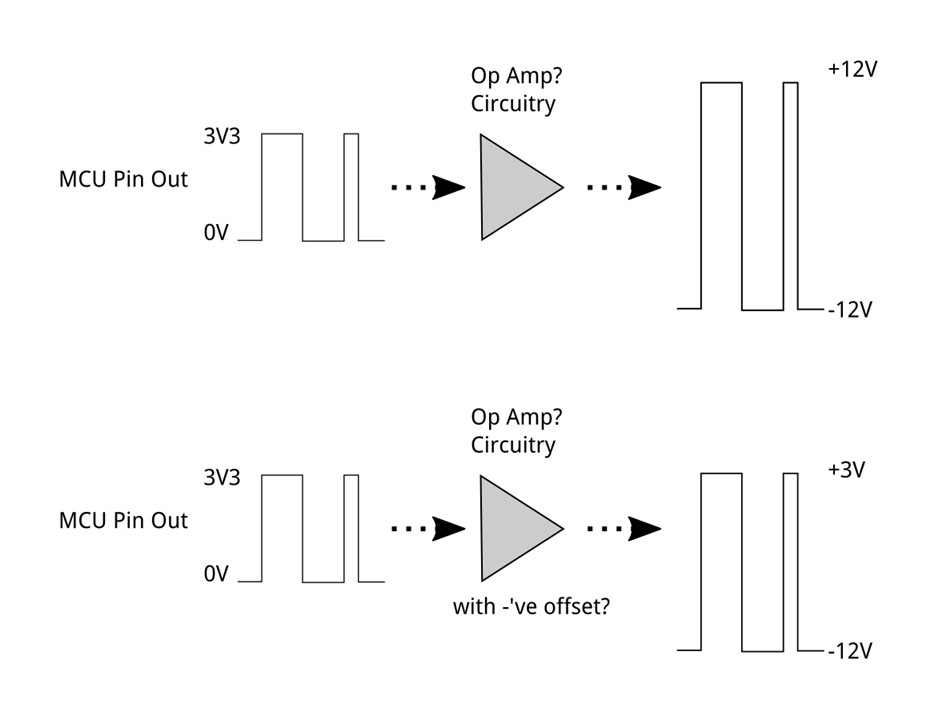
I have two scenarios. I think the first one is fairly easy, but it is knowing how to achieve the 2nd that is more challenging, especially if you wish to say use the same op amp and even the same circuit the 1st.
How does one go about this?
As per usual, I very quickly try and over-complicate matters... like when spotting these types... Transresistance amplifiers... and wondering whether I should/could use these...
Anyway, no doubt this is a very straightforward problem for the experts.
I look forwards to getting some tips.
Thanks.
C://

